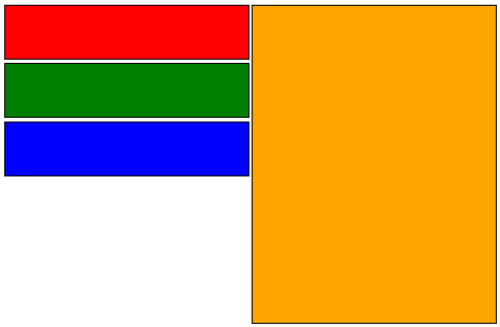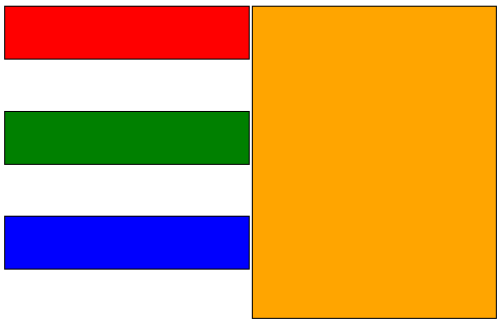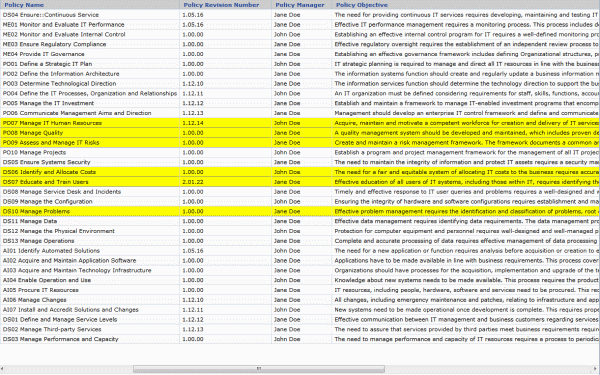Infragistics UltraWebGrid allows you to set width of a column in client-side JavaScript, you can do it using code similar to this:
igtbl_getGridById('xmyGrid').Bands[0].Columns[3].setWidth(someValue)
But, while executing this code on the client, you may get a nasty surprise by getting following error from the server:
Input string was not in a correct format.
Description: An unhandled exception occurred during the execution of the current web request. Please review the stack trace for more information about the error and where it originated in the code.
Exception Details: System.FormatException: Input string was not in a correct format.
Source Error:
An unhandled exception was generated during the execution of the current web request. Information regarding the origin and location of the exception can be identified using the exception stack trace below.
Stack Trace:
[FormatException: Input string was not in a correct format.]
System.Number.StringToNumber(String str, NumberStyles options, NumberBuffer& number, NumberFormatInfo info, Boolean parseDecimal) +10163939
System.Number.ParseInt32(String s, NumberStyles style, NumberFormatInfo info) +207
Infragistics.WebUI.UltraWebGrid.StateChangeProcessor.ProcessChanges() +6230
Infragistics.WebUI.UltraWebGrid.UltraWebGrid.ProcessChanges(StateChanges stateChanges, Boolean fireEvents) +701
Infragistics.WebUI.UltraWebGrid.UltraWebGrid.LoadPostData(String postDataKey, NameValueCollection values) +7580
System.Web.UI.Page.ProcessPostData(NameValueCollection postData, Boolean fBeforeLoad) +945
System.Web.UI.Page.ProcessRequestMain(Boolean includeStagesBeforeAsyncPoint, Boolean includeStagesAfterAsyncPoint) +2071
Now, you do know that your someValue is definitely a number, why this error then? Let alone – why client-size resize causes a server call? But I will leave this to Infragistics. Actual cause of the error – number not being Integer. If you change the code from above to
igtbl_getGridById('xmyGrid').Bands[0].Columns[3].setWidth(Math.ceil(someValue))
it will execute without any errors. Go figure.



